Introduction
Iron casting is an essential aspect of many manufacturing processes, and these parts are utilized in various sectors, including automotive, aerospace, and construction. Yet, due to the possibility of damage or fracture during transit, transporting iron-casting components across large distances can be difficult. To avoid costly damages and losses, it is vital to ensure the safety of iron-casting components during transit.
Several procedures may be taken to guarantee the safe and secure transportation of iron-casting components, whether by sea, air, or land. We will go through some of these measures in depth in this blog: Safety Measures for Iron Casting Parts When Transported By Sea, Air, or Land over Long Distances
1. Correct Packaging and Labeling
Proper packing and labeling are one of the most critical steps in assuring the safe shipping of iron-casting components. The packing must be durable and sturdy enough to endure transit hardships. The packing materials must be of good quality and capable of preventing damage from stress, vibration, moisture, and other environmental variables.
The labeling must also be clear and visible, showing the package’s contents, weight, size, and handling guidelines. The labels must also include shipping symbols such as “Fragile,” “Handle with Care,” and “This Side Up” to indicate the proper package orientation during delivery.
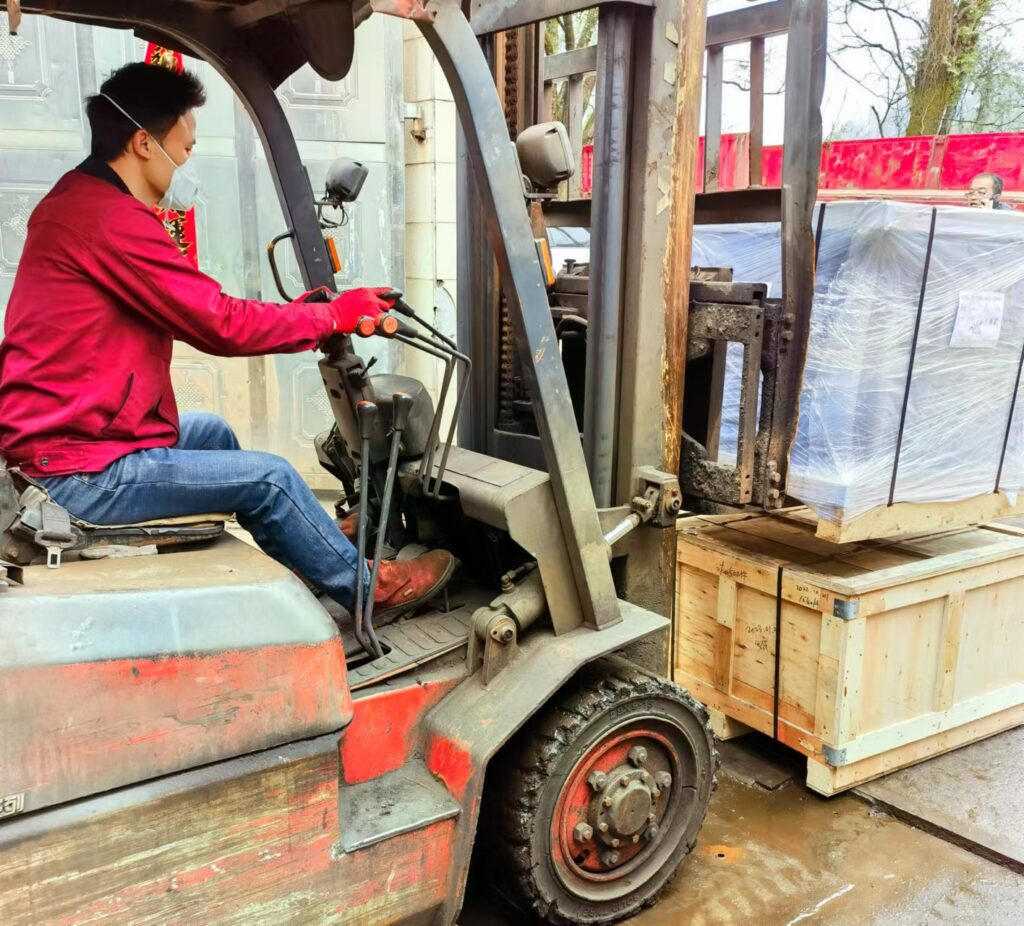
2. Secure Loading
Correct loading and fastening of iron casting pieces during transportation are crucial to preventing movement and damage. To minimize damage due to shifting or movement during travel, the pieces must be appropriately put into the transport vehicle, ensuring that they are arranged in the correct orientation.
The pieces must be firmly attached or roped down to avoid movement during shipment. Straps, ropes, or other fastening methods must be utilized to secure the pieces and prevent them from shifting or falling during transit.
3. Temperature Regulation
Extreme temperatures and humidity during shipping can cause damage to iron-casting parts. As a result, the parts must be transported in a climate-controlled environment to avoid damage from moisture or temperature variations.
Temperature and humidity controls must be installed in the transport vehicle to guarantee that the parts remain within the prescribed temperature and humidity range throughout transportation. This will protect the parts against corrosion, rusting, or other damage caused by exposure to severe temperatures or humidity.
4. Insurance
Accidents might occur despite all procedures to guarantee the safe shipping of iron casting parts. As a result, insurance coverage is required to defend against any damages or losses that may occur during transit.
Cargo insurance can cover the cost of any damage or loss to the parts during shipment, protecting the shipper or consignee financially. The insurance can cover the cost of the components and any additional expenses incurred due to delays or other transportation-related concerns.
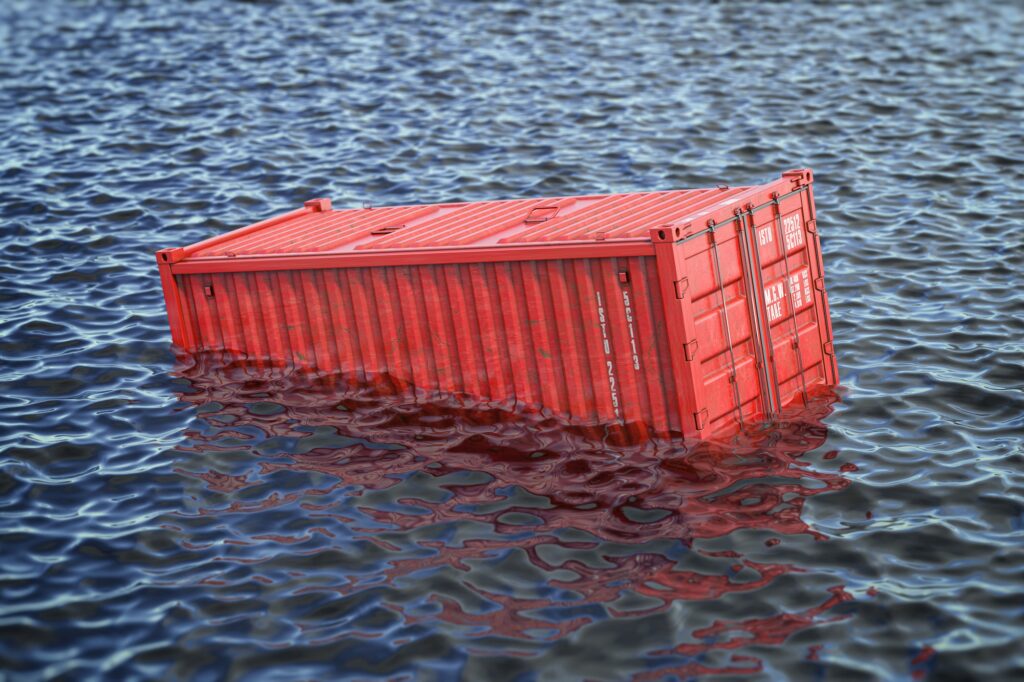
5. Correct Handling
Iron casting pieces must be handled carefully during transit to avoid damage and ensure their safe arrival at their destination. While loading and unloading, the parts must be handled carefully, avoiding any unexpected movements or drops that might cause damage.
The transport vehicle must also be operated cautiously, avoiding abrupt braking or acceleration that might cause the pieces to move or collapse. To guarantee the safe and secure delivery of iron casting pieces, the driver must also be taught their correct handling and transportation.
6. Conformity to Regulations
Reliant on the mode of transportation and the destination country, the transportation of iron-casting components must adhere to various norms and legislation. These rules address packing, labeling, handling, and transportation issues.
It is critical to guarantee that these standards are followed to avoid legal concerns and ensure that the components reach their destination without any delays or hassles. Shippers must be informed of the rules and regulations for their shipment and take all required precautions.
7. Thorough Inspection
Before loading the iron casting parts onto the transport vehicle, they must be inspected thoroughly to ensure they are in good condition and free from defects or damages. Any faults or damages must be documented, and required repairs or replacements must be made before the parts are delivered.
Periodic checks must be performed throughout transit to verify that the parts are still in excellent condition and are not damaged or destroyed. Any faults or difficulties must be rectified immediately to prevent additional harm to the parts.
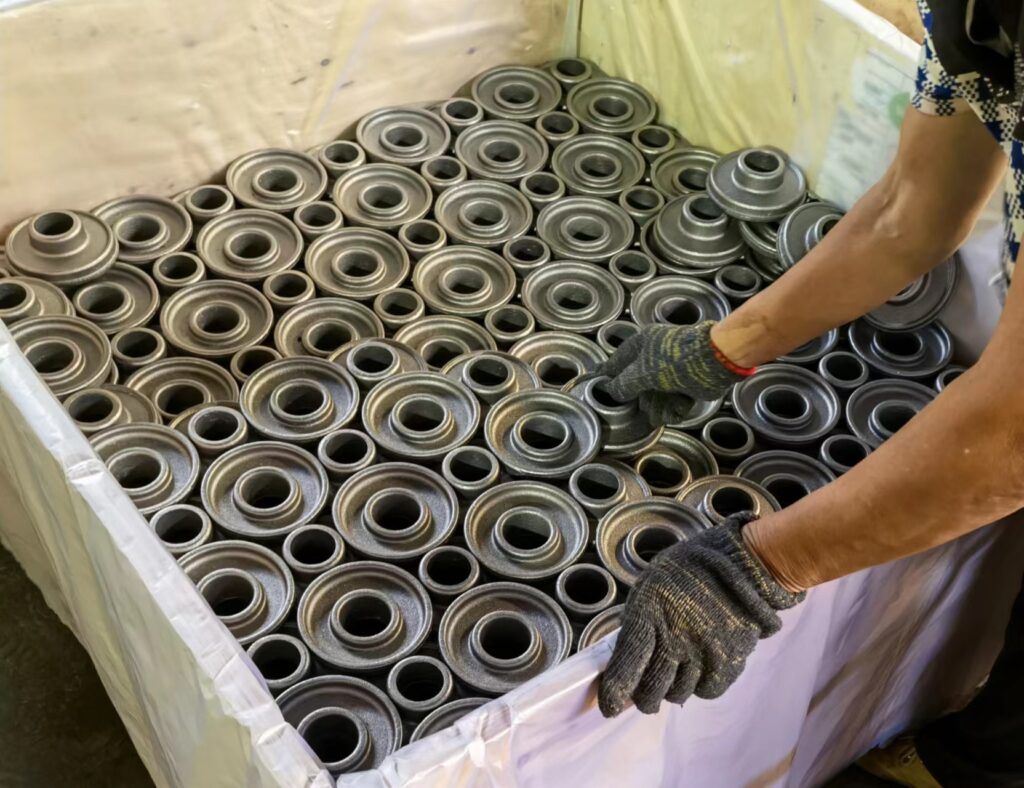
8. Effective Communication
Effective communication is needed for the safe and secure shipment of iron-casting components. To guarantee that the components are carried safely and securely, all parties engaged in the transportation, including shippers, carriers, and consignees, must communicate efficiently.
The message must include any particular instructions or concerns for the components being transported and information on packing, labeling, handling, and transportation regulations. This ensures that everyone engaged in the shipment knows the requirements and may take necessary precautions to ensure the components’ safe delivery.
9. Use of Specialist Transportation Services
Iron casting components can be difficult to transport over long distances, especially if they are large or heavy. As a result, specialist transport services, such as flatbed trucks, cargo ships, or air cargo carriers, may be required to transfer the parts safely and securely.
These specialist transport services have the equipment, skill, and experience to safely and securely carry massive, heavy iron casting pieces. They also have the required permissions, licenses, and insurance coverage to guarantee that the regulations and laws governing the transportation of these parts are followed.
10. Appropriate Documentation
Proper documentation is required for the safe and secure shipment of iron-casting components. All documentation, including bills of lading, packing lists, and customs documents, must be comprehensive, correct, and current.
The paperwork must also include any particular instructions or considerations for the items being carried and information on packing, labeling, handling, and transportation regulations. This ensures that everyone engaged in the shipment knows the requirements and may take necessary precautions to ensure the components’ safe delivery.

Are you choosing the Best possible Method of Transportation for Long-Distance Iron Casting Parts: Sea, Air, or Land?
Choosing the best mode of transport for moving iron-casting pieces across large distances is critical. The best form of transportation will be determined by numerous considerations, including the components’ size and weight, the shipment’s urgency, the distance involved, and the transportation budget available.
While there are multiple modes of transportation accessible, including sea, air, and land, selecting the optimum option necessitates a careful evaluation of several criteria. Delivering massive, heavy iron-casting components across long distances by water is frequently the best option. Yet, depending on the individual demands of the package, air and land transportation might be effective options.
Choosing the optimum form of transportation for moving iron-casting pieces across large distances is critical. The best form of transportation will be determined by numerous considerations, including the components’ size and weight, the shipment’s urgency, the distance involved, and the transportation budget available.
In the following part, we will look at the benefits and drawbacks of each mode of transportation and offer advice on choosing the best route for transporting iron-casting components across large distances.
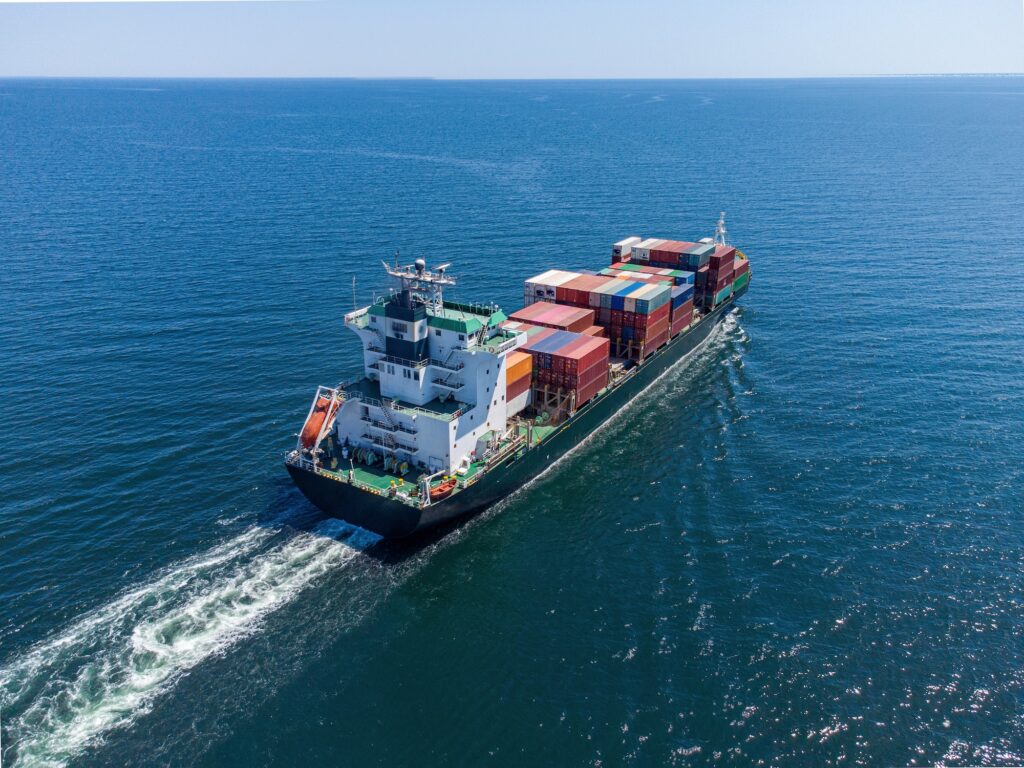
1. Iron Casting Parts Shipping via Sea
Sea transportation is the most prevalent for big and bulky commodities such as iron casting pieces. The capacity of sea transportation to carry vast amounts of goods, massive objects that cannot be delivered by air or land, is its real benefit.
Furthermore, sea transportation is frequently the most cost-effective alternative for long-distance shipment. Delivering massive, heavy iron-casting components across long distances by water is frequently the best option. Yet, depending on the individual demands of the package, air and land transportation might be effective options.
Another advantage of marine transportation over air or land transit is that weather conditions impact it less. Sea boats are designed to resist poor weather conditions, and their itineraries can be altered to avoid locations prone to severe weather. This decreases the possibility of cargo damage and delays during shipping.
Yet, sea transportation has several drawbacks. It is a slower means of transportation than air or land transit, and goods might take weeks or months to reach their destination. This might be a severe drawback if the shipment is time-sensitive or requires quick delivery.
Moreover, sea transportation necessitates careful preparation and coordination to ensure the cargo is correctly loaded and secured to avoid damage during transit. As previously noted, loading and fastening iron casting parts onto a cargo ship necessitates using specialist equipment and processes to assure the cargo’s safety throughout transit.
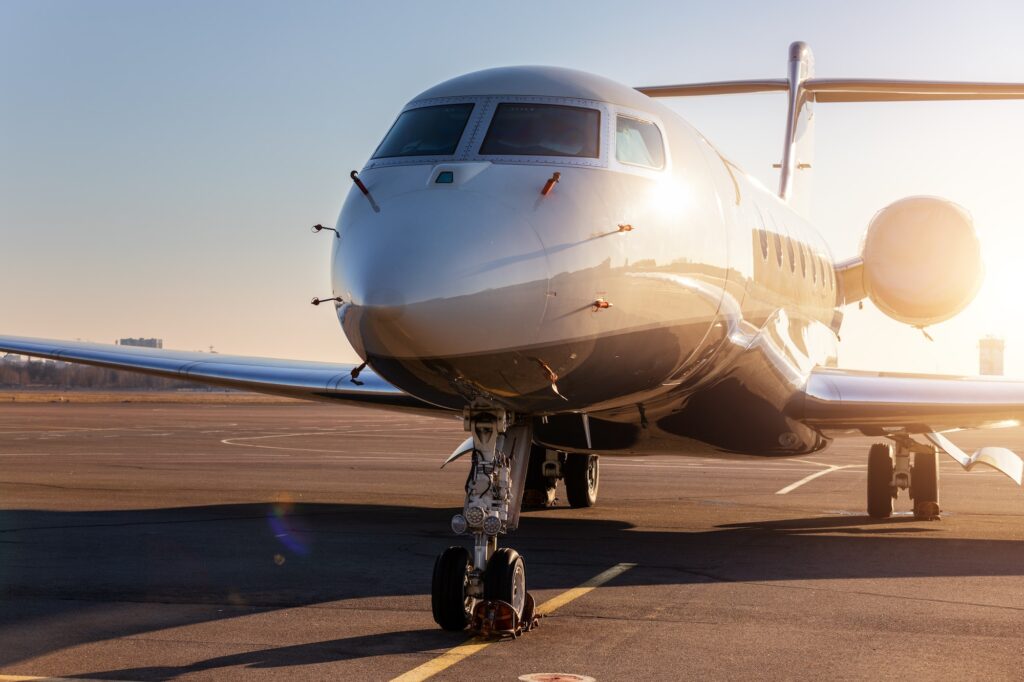
2. Transporting Iron Casting Parts via Air
For high-value and time-sensitive products, air transportation provides a quick and dependable form of delivery. It is perfect for long-distance shipping of light and lightweight iron casting parts and urgent shipments requiring prompt delivery.
One of the primary benefits of air travel is its rapidity. Depending on the distance, cargo can be carried in hours or days. Therefore, air transportation is suitable for items requiring rapid delivery, such as urgent replacement parts or prototypes.
Nonetheless, there are several drawbacks to air transport. It is often more expensive than shipping by sea or land, which can be a substantial drawback for large and heavy iron casting parts. Moreover, air transportation has limited cargo space and weight capability, making it unsuitable for carrying big or heavy objects.
Another downside of air transport is that it is impacted by weather and air traffic congestion, which can create delivery delays. Moreover, air transportation necessitates careful preparation and coordination to guarantee that cargo is adequately packed and secured to avoid damage during transit.
3. Transporting Iron Casting Parts via Land
Land transportation is a possible alternative for delivering iron casting parts over shorter distances, mainly if the consignment must be delivered to a remote site inaccessible by sea or air. It is also an excellent choice for shipments requiring many pauses or repeated deliveries along the road.
One of the benefits of land transportation is its adaptability. Depending on the distance and quantity of the consignment, cargo can be carried by truck or rail. Moreover, land transportation is frequently less expensive than air transportation, making it an attractive alternative for big and heavy iron casting parts.

Yet, land transportation has several drawbacks. It is often slower than air travel and is susceptible to traffic congestion and road closures. Moreover, land transportation necessitates careful planning and coordination to ensure the product is correctly loaded and secured.
Sea transportation is frequently the best option for transporting iron-casting parts across great distances. It is a low-cost choice for delivering large and heavy items, allowing you to containerize the parts to protect them during transport.
Nevertheless, sea transportation necessitates careful planning and preparation to ensure that all parts are correctly loaded and secured and that all rules and laws are followed. When considering sea transportation for iron casting parts, shippers must consider containerization, loading and securing, temperature control, insurance, and regulatory compliance.
Conclusion
To summarize, transporting iron casting parts across long distances might be difficult, but it is possible to do it safely and securely by taking the appropriate precautions. To ensure the secure transportation of iron casting parts, proper packaging and labeling, loading and securing, climate control, insurance, proper handling, compliance with regulations, proper inspection, proper communication, use of specialized transport services, and proper documentation are all critical measures that must be taken. Shippers that follow these guidelines can avoid costly damages and losses while ensuring the safe arrival of their iron-casting parts at their destination.
We are Castimoo, a supplier dedicated to the production of iron castings. We have more than 30 years of experience in the field of grey cast iron and ductile iron. We have ISO 9001 quality certification and a set of quality management processes to ensure the quality of our products. If you have plans to purchase iron castings, please feel free to contact us. We are always here for you.
